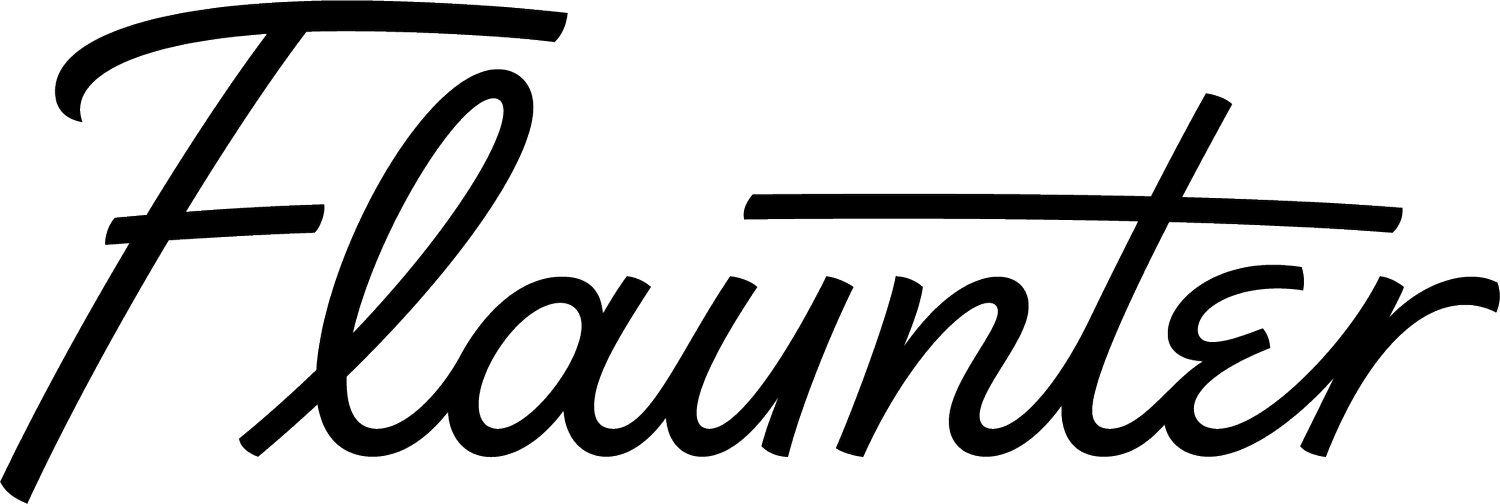Why Brands Need to Prioritise Diversity and Inclusion in their PR Strategies
Diversity, it’s not just a term used to describe the line-up on Love Island. In fact, it’s a key ingredient for crafting an impactful and successful brand campaign.
You see, the world is full of unique individuals, and that’s a beautiful thing. We’re all different in our own special ways, whether it’s our age, appearance, ethnicity, gender, sexuality, health, religion, socioeconomic status, or experiences.
Diversity in marketing and PR doesn’t always mean making every demographic happy. It means knowing your customers and ensuring their individuality is represented in an inclusive and positive way.
Read on to learn how brands can effectively integrate diversity into their business model, brand identity, and marketing campaigns.
Authenticity and inclusivity are crucial for brands to establish trust and build long lasting relationships with consumers. Nobody wants to buy from a brand that’s unrealistic, unauthentic and ingenuine!
With the rise of social media, word travels faster than ever before. Just ask Balenciaga. Their 2022 holiday campaign serves as a cautionary tale, highlighting the importance of remaining grounded in reality and avoiding the appearance of detachment from the everyday lives of consumers. The moral of the story? Brands need to be authentic, aware and inclusive if they want to succeed in today’s market.
Realism = Results
The key to success? Keep it real. Consumers want to see themselves represented in advertising. Did you know, 88% of Gen X and 90% of Millennials believe that brands can improve their reputation by showcasing a more diverse range of people in their campaigns – Shutterstock (2018).
But it’s not just about representing everyone, it’s about doing it authentically. A recent study by Google and The Female Quotient revealed that 64% of all respondents took action after seeing an ad considered to be diverse or inclusive; 69% were more likely to purchase from a brand whose advertising positively reflects their race/ethnicity; and 71% were more likely to interact with an ad that authentically represents their sexual orientation.
So, let’s take a moment to appreciate the power of authenticity. It’s not just about making sales. It’s about creating an atmosphere of safety, kindness, respect and humanity.
Constructing the future of brands
The future is in your hands. Okay, slightly dramatic, but it really is up to all of us to prioritise the importance of building caring, empathetic and inclusive brands. Let’s aim for diversity and awareness so that future generations will have a supportive and structured foundation of self-identity.
Nowadays, it’s so easy to compare ourselves to others; Kendall Jenner’s long legs and skinny frame, Hailey Bieber’s glass skin and Adrianna Lamas ‘perfect’ hair and eyes, there is a lot of pressure on us all! Beauty ideals and stereotypes have been around for years – from Marilyn Monroe to Cindy Lauper and now the endless influencers and models that pop up daily on our phone. But, since the pandemic, there are certain corners of the online world that have become a more approachable place as people have started to their personal share stories out about mental health and body image.
So, what should brands do with all this information? Work towards an inclusive size range, cater to different body shapes, and celebrate diversity in all its forms. FAYT The Label is an excellent example of a brand that embraces authenticity and individuality. Their sizes range from a size 6-24 and they are leading the charge with their sizing promises to customers and ethical promises to their factory workers. Brands like FAYT are truly shaping the future of fashion, and we’re here for it.
So, the next time you are creating content, designing collections, launching a campaign or styling models, remember to keep it real and inclusive.
Actionable steps you can implement in your business
Diversify your team – hire people from diverse backgrounds and make sure they’re represented across all levels of your organisation.
Create inclusive products – consider the needs and preferences of your diverse audience when designing and creating products. Think size ranges, shades and styles that cater to different body types, skin tones and cultural backgrounds.
Use diverse imagery – incorporate diverse models and images into your PR campaigns and marketing efforts to reflect the diversity of your audience.
Partner with diverse influencers and organisations – collaborate with creators and businesses that represent diverse communities to expand your reach and demonstrate your commitment to diversity and inclusion.
Be transparent and accountable – hold yourself accountable for making meaningful progress towards your goals.
–
We’ve already worked with huge names like Hugo Boss, Bec + Bridge, Sarah & Sebastian, Kate Spade and Billini. Start getting more exposure for your brand by using Flaunter’s digital PR press centre and showroom.

